How to determine the starting and running windings of a washing machine motor?
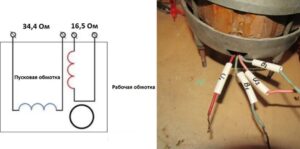 If the washing machine motor begins to act up, you will have to diagnose it. To check the engine, and, moreover, to repair it, you need to know how it works. It’s better to start with the basics, for example, figuring out where to find the windings of a washing machine motor and how not to confuse them. In fact, everything is simple, even a “newbie” can cope with this task.
If the washing machine motor begins to act up, you will have to diagnose it. To check the engine, and, moreover, to repair it, you need to know how it works. It’s better to start with the basics, for example, figuring out where to find the windings of a washing machine motor and how not to confuse them. In fact, everything is simple, even a “newbie” can cope with this task.
Learning to distinguish windings
Medium-power washing machines are equipped with single-phase electric motors. In such motors there is a starting and working winding - they ensure the rotation of the rotor. Engines of this type can be divided into two subgroups:
- single-phase devices with a starting winding;
- electric motors with a working capacitor.
In the first case, the starting winding of the motor functions for only 3-5 seconds, only after the engine is activated. As soon as the rotor reaches the optimal speed, it is disconnected from the power supply. The electric motor continues to operate with only one mains winding.
For single-phase motors with a capacitor in the circuit, the starting winding is constantly active. The rated capacitance of the capacitor will be determined by the power and other characteristics of the electric motor.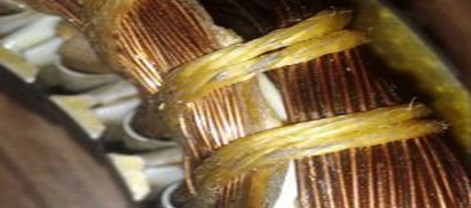
Thus, if the auxiliary winding of the engine is starting, then it will function only for a few seconds, immediately when the motor starts. If it is capacitor, then it will be active all the time until the engine is disconnected from the network. This is the main difference.
It is necessary to know the structure of the two types of windings of a single-phase motor of an automatic washing machine if you plan to repair the motor yourself. The starting and working windings can be easily distinguished from each other by the cross-section of the wires and the number of turns.
The working winding of the engine is characterized by a large cross-section of the wire, so the resistance it produces is less.
Looking at the figure, it is easy to determine the starting and working windings (on the left and on the right, respectively). It is easy to notice that the cross-section of the wires is very different. Their resistance is measured with a special tester - a multimeter. You can purchase the device on the Internet or in specialized stores.
Practical examples
In practice, after disassembling a washing machine and removing the engine, you may encounter a number of questions. Therefore, we will look at several examples that clearly show how to measure the winding resistance of electric motors.
Let's say the motor removed from the washing machine has 4 outputs. Find the ends of the windings and measure the resistance with a tester. Based on the values on the multimeter screen, it is easy to determine which winding is which: with lower Ohms - working, with higher values - starting.
Connecting everything is quite simple. Thick wires are supplied with a voltage of 220 Volts. One “tail” of the starting winding is connected to the end of one of the “working” windings. It doesn’t matter which wire of the two goes to, the direction of rotation of the rotor will not depend on it. The course of movement will change only when the “edges” of the starting winding are changed.
Another example is if the motor has three terminals. By measuring the resistance of each, the following values are usually found: 10 Ohms, 25 Ohms and 15 Ohms.Using the trial method, find the “tail” of the winding wire, which, when connected to others, will give readings of 10 and 15 ohms to the multimeter.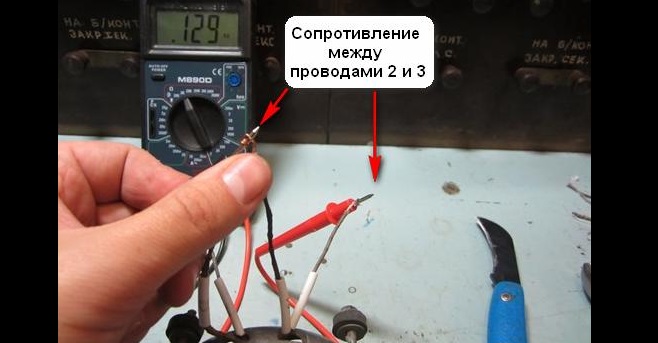
This wire will be one of the workers. The tip, which when paired with it produces a resistance of 10 Ohms, will also “belong” to the network winding. The remaining third wire is the starting wire, it is connected to the circuit through a capacitor.
It happens that when measuring the resistance of the engine terminals, the multimeter produces values of 10, 10 and 20 Ohms. This is an example of another type of winding. They are found on certain models of automatic machines. In this situation, the cross-section of the working and starting wires will be the same, it is impossible to visually determine which is which.
It doesn't really matter where the wire is. The starting winding in such engines is switched on through a capacitor of appropriate capacity.
Determining the starting and operating windings of a single-phase electric motor is actually quite simple. In some cases, it will be possible to do this “by eye”, in certain situations - armed with a multimeter.
Interesting:
Reader comments
- Share your opinion - leave a comment

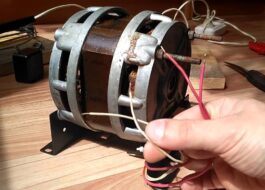

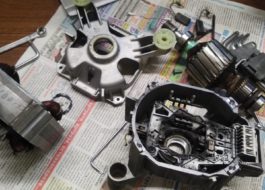
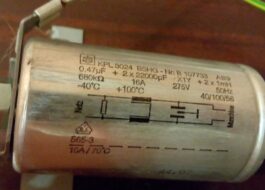
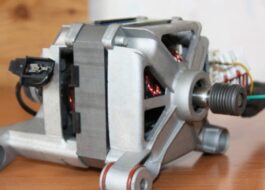
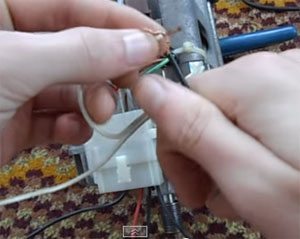














Add a comment